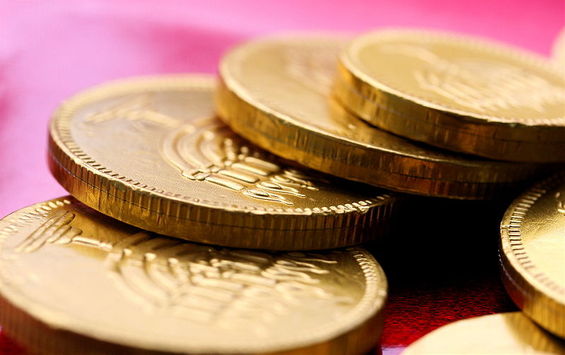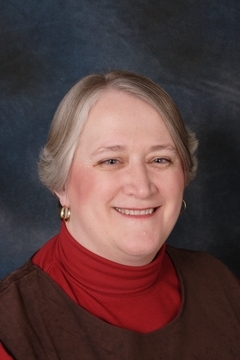
Chag Urim Sameach (Happy Festival of Lights)!
We Jews—a people with a religion (Judaism) and a land (Israel) and a core language (Hebrew) and a library of sacred texts (Torah, Mishnah, Midrash, Talmud, Siddur and so much more) and a culture (shaped and reshaped across many countries and time periods)—find ourselves relearning the foundations of our celebrations at different times in our individual/family and/or communal lives. Now, in your interfaith relationship that includes children, you are at such a time.
I imagine you have children who are old enough to ask questions, but young enough to need concise, uncomplicated answers. Assuming you might need to brush up on your Chanukah basics, I’ve included some sites at the end of this entry that will help.
Using your research and having sketched an outline of the story in words that resonate with your children, you can sum things up by saying:
“We light the candles for eight nights to celebrate Chanukah. We remind ourselves and everyone else that a long time ago a ‘great miracle happened there.’ Where? In the Land of Israel.
“As we’ve been playing dreidel the letters on the four sides of the dreidel are the first letters of these words – a great miracle happened there/nes gadol hayah sham—in Hebrew.
“What is the great miracle? In the long ago Book of the Maccabees, it’s when a small number of Jews won the battle against lots and lots of others to keep the Temple in Jerusalem Jewish, and to keep the Jewish way of life from disappearing.
“In another long ago book, the Talmud, the miracle is that the Jews who cleaned up the Temple took a chance. Even though they needed oil for an eight-day festival to make the Temple holy again, they only had oil for one day. It was a miracle that they took a chance. It was also a miracle that the oil lasted.
“Even though your mom and I (or your dad and I) are not both Jewish, we think it’s important to keep the Jewish way of life alive in our family and to teach you about it. We do other Jewish things together and now, we’re celebrating Chanukah.”
Resources:
For a quick “back to school” guide I encourage you first to check online (and support!) myjewishlearning.com for a general, non-denominational background. Here’s a direct link to their Chanukah page.
If you want information from one of the movements/denominations, select from among these:
- Reform: urj.org (here’s their Chanukah page)
- Orthodox: ou.org (here’s their Chanukah page)
- Reconstructionist: jewishrecon.org (here’s their Chanukah page)
- Conservative: uscj.org (here’s their Chanukah page)
- Renewal: You’ll have to do a little searching under “Jewish renewal Hanukkah” to find information from various rabbis and congregations. As a federation of affiliated congregations and an ordination program, it hasn’t duplicated information readily available from the other, larger movements.
Of course, the organized Jewish world (synagogues, federations, community centers, day schools, and more) offer on-site learning and community when that’s the right option for your family.
If there were one book that you could savor over the years to enrich your learning and teaching, I think it would be “A Different Light: The Hanukkah Book of Celebration,” edited by Noam Zion and Barbara Spectre. Also, be sure to check out the Association of Jewish Libraries’ Hanukkah Read Up!, a phenomenal list of Hanukkah books for children recommended by the Sydney Taylor Book Award committee.
Rabbi/Cantor Anne Heath is the religious leader of Congregation Agudath Achim, an independent congregation, and The Jewish Community House in Taunton.
Looking for more of a family focus this Chanukah, with less input from the big stores? Try Eight Nights of Family Hanukkah Time, as recommended by InterfaithFamily.

